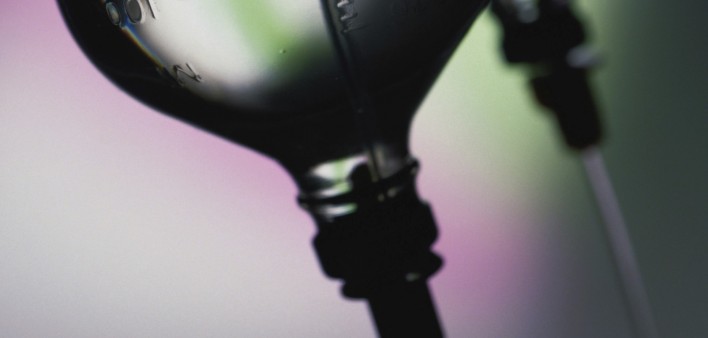The long-acting monoclonal antibody ibalizumab can help fully suppress HIV in a significant proportion of people with multidrug resistant virus who are on failing antiretroviral (ARV) regimens, aidsmap reports. The need for biweekly infusions at a health care facility is a barrier to such a treatment’s feasibility; however, researchers are developing an intramuscular injection version.
Researchers from the Phase III TMB-301 study of ibalizumab recruited 40 people with a very high level of HIV treatment experience who were not able to fully suppress the virus on ARVs. They presented preliminary 24-week findings at the IDWeek 2016 conference in New Orleans and more detailed findings at the 2017 Conference on Retroviruses and Opportunistic Infections (CROI) in Seattle.
The participants had been on ARVs for an average of 20 years, had an average viral load of 100,000 and an average CD4 count of 150.
Following a six-day observation period, the participants were given a 2,000 milligram loading dose infusion of ibalizumab while remaining on their ARV regimen.
Initially, the researchers were looking to determine the proportion of the participants who achieved half a 10-fold reduction (a 3.16-fold reduction) in their viral load two weeks after the initial infusion. At last fall’s IDWeek 2016, they reported that 83 percent achieved this benchmark and 50 percent had a 10-fold or greater drop in viral load.
Next, the researchers used drug resistance testing to help select an optimized ARV regimen, known as a background regimen, to which they switched the participants. Then the participants received an 800 mg infusion of ibalizumab on day 21 and biweekly infusions of the same dose until week 24.
At the 24-week mark, 43 percent of the participants had a viral load below 50; half had a viral load below 200. Sixty percent of those who started the study with at least 50 CD4s achieved a viral load under 50 after 24 weeks, compared with less than 20 percent of those who had fewer than 50 CD4s at the outset.
Fifty-five percent of the participants had at least a 10-fold drop in viral load at 24 weeks; 48 percent had at least a 100-fold drop. On average, participants experienced a 40-fold drop in viral load and an increase in CD4 levels of 48. Those who began the trial with at least 50 CD4s had an average gain of about 75 CD4s while those who started with less than 50 CD4s gained only an average of nine CD4s.
The treatment was generally safe and well tolerated. Most adverse health events were mild or moderate. However, one person dropped out of the study because of immune reconstitution inflammatory syndrome, a serious adverse health event people starting on HIV treatment may experience as a result of a sudden boost in their immune system. Five people left the trial for other reasons. Four people died; all had highly suppressed immune systems.
Researchers are also developing an intramuscular injection version of the antibody, which would improve its feasibility as an option for people with HIV on failing regimens.
To read the aidsmap article, click here.
To read the conference abstract, click here.







1 Comment
1 Comment